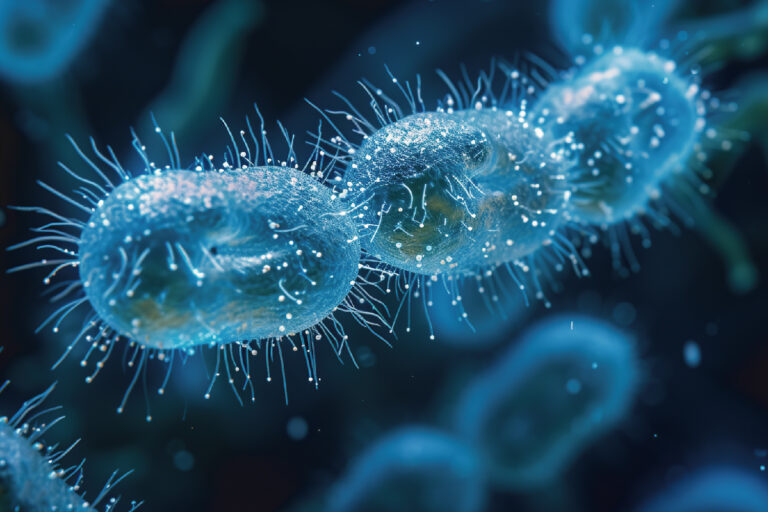Bad Gut Bacteria Have Found a Way to Stay Hidden and Thrive Inside the Gut
by Anna Sandhu | Oct 28, 2025
Reviewed by Dr. Arun, M.Pharm., PGDRA, Ph.D.

Our gut lining has a strong barrier: when a cell in the gut gets infected, it often “pushes itself out” of the lining so the infection cannot spread. The new study from Nature Publishing Group shows that some harmful gut bacteria have found a way to stop this clean-up and keep themselves safe inside the gut.
What’s going on normally?
Inside the gut, the barrier of cells keeps bad microbes out. If one of those cells becomes infected, it can be removed by extrusion (it gets forced out) or by special cell-death programs. This removal helps ease the infection from spreading.
What did the researchers discover?
They looked at a harmful type of Escherichia coli that carries a special bacterial tool (a protein called NleL). This tool works to break down two key proteins in the gut cells (called ROCK1 and ROCK2) that are needed for the extrusion process. When ROCK1 and ROCK2 don’t work right, the infected gut cells stay in place instead of being pushed out.
Why does that matter?
Because if the infected cells are not removed, the bad bacteria get more time and space to stay in the gut. In experiments with mice, when the gut cells lacked ROCK1 and ROCK2, the gut was worse at stopping infection. And when the bacteria lacked NleL, more infected cells got pushed out, and the bacteria did worse at staying in the gut.
What this means for gut health?
It tells us that bacteria don’t only sneak in; they can also shut down one of our body’s clean-up methods in the gut lining. That means treatments might one day focus not only on killing the bacteria but helping the gut lining do its job of getting rid of infected cells.
Final takeaway
Think of your gut lining like a brick wall. When one brick (a cell) gets damaged or infected, it is usually removed and replaced. But these harmful bacteria stop that clean-up process by blocking the “tools” the wall uses to push out the damaged brick. This lets them stay hidden and spread. Learning how they do this could help scientists find better ways to keep the gut wall strong and healthy.
More Information: Enteropathogenic bacteria evade ROCK-driven epithelial cell extrusion DOI: 10.1038/s41586-025-09645-0.
